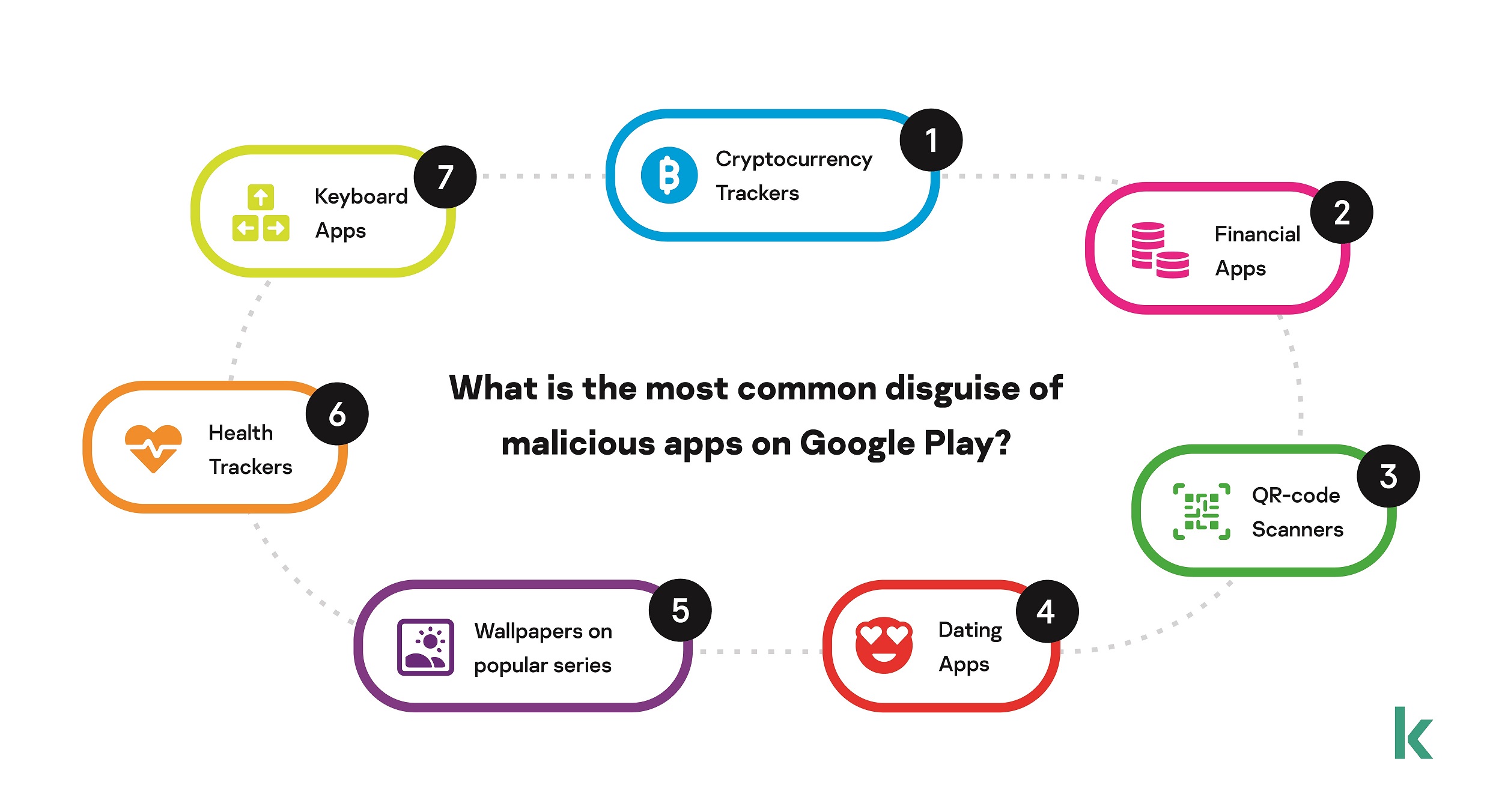Data security stands as a paramount concern for businesses and individuals alike. With the ever-evolving threat landscape, traditional security measures are often inadequate in safeguarding sensitive information from sophisticated cyber-attacks. As businesses increasingly rely on data to drive decisions and fuel innovation, ensuring robust data security measures becomes non-negotiable.
Lenovo, a frontrunner in technological innovations, understands the critical importance of data security in today’s digital age. Through relentless research and development efforts, the multinational technology brand continues to introduce cutting-edge solutions aimed at fortifying data security frameworks and protecting digital assets from emerging threats.
Here are some of the next-generation data security innovations we champion:
- Hardware-based security solutions:
Traditional software-based security measures are susceptible to breaches and vulnerabilities. Hardware-based security solutions, such as integrated encryption modules and secure hardware chips, provide an added layer of protection by safeguarding data at the physical level. These solutions ensure that even if a device falls into the wrong hands, sensitive information remains inaccessible, mitigating the risk of data breaches.
- AI-powered threat detection:
The rise of artificial intelligence has revolutionized the cybersecurity landscape. Enterprises need to integrate AI-powered threat detection mechanisms into its devices and network infrastructure, enabling proactive identification and mitigation of potential security threats. By leveraging machine learning algorithms, Lenovo’s AI-driven security solutions continuously analyze vast amounts of data to identify anomalous patterns and pre-emptively thwart cyber-attacks before they manifest.
- End-to-end encryption:
Data encryption is a fundamental aspect of data security. Employ robust end-to-end encryption protocols to ensure that data remains encrypted throughout its entire lifecycle, from storage to transmission. By encrypting data at rest and in transit, businesses are empowered to maintain the confidentiality and integrity of their digital assets, even in the face of interception attempts by malicious actors.
- Zero-trust network architecture:
Traditional perimeter-based security models are no longer sufficient in today’s decentralized and interconnected networks. Advocate for a zero-trust network architecture, where every user and device, regardless of their location or trust level, undergoes rigorous authentication and authorization processes before accessing sensitive resources. This approach minimizes the risk of unauthorized access and lateral movement within the network, effectively neutralizing potential security threats.
- Quantum-safe cryptography:
As quantum computing continues to advance, traditional cryptographic algorithms face the risk of being compromised by quantum-enabled attacks. Lenovo pioneers the adoption of quantum-safe cryptography, which utilizes encryption techniques resilient to quantum computing threats. By future-proofing cryptographic protocols, we ensure that data remains secure against the evolving capabilities of quantum adversaries, safeguarding digital assets for years to come.
In essence, the paradigm of data security is undergoing a transformative shift, driven by the relentless pursuit of innovation. Technology and data management enterprises are required now more than ever to stand at the forefront of this evolution, spearheading the development and implementation of next-generation data security solutions. This way, businesses will be empowered to navigate the complexities of the digital landscape with confidence, ensuring the protection of their most valuable assets in a hyper-connected ever-changing threat environment.
Article Provided







































